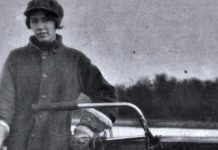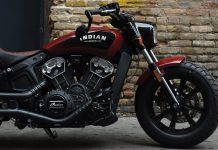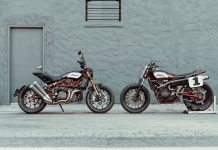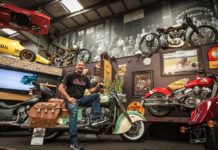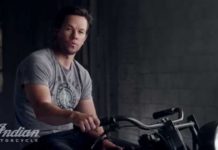Along for the Ride with ‘Fast Eddie’
FOX TOWNSHIP, Pa. -- A short film about a Sullivan County man's love for racing motorcycles was recently released on YouTube.
‘She was a pistol’: Winnipeg teen Sadie Grimm raced into motorcycle history in 1914...
She faced long odds, from swampy and rutted terrain to skepticism in a male-dominated era, but Sadie Grimm had something that trumped it all:...
Here’s Why Indian Motorcycles Is Growing While the Competition Struggles
Indian's marketing director shares with us the secret to the iconic brand's renaissance.
It’s hard to talk about the motorcycle industry in 2017 without talking...
Indian FTR1200 Race Bike to Concept to Production
Ever since Indian Motorcycle was revived by Polaris, the American motorcycle brand’s lineup of products has been growing fast. However, there’s one thing that...
Indian 101 Scout with Jay Leno
https://youtu.be/HiRKg3me43o
Jay Leno Explains the Indian 101 Scout Motorcycle
John Gee’s Motorcycle Collection in Australia
John Gee's extraordinary Antique Motorcycles collection
46 PICTURES
Antique Motorcycles, in Moorabbin, outside Melbourne, Australia(Credit: Loz Blain/New Atlas)
VIEW GALLERY - 46 IMAGES
Tucked away in Melbourne's urban sprawl is one of...
1912 Indian Single hits the street after a silly start up with Jay Leno!
1912 Indian Single is a two-wheeler that Jay Leno just couldn’t pass up. In this episode he highlights the stock 1912 Indian Single and talks...
Indian Motorcycle Military Legacy
America's first motorcycle company, today announced its Scout Inspired Custom Series; a chronology of the rich, century-long history of the Indian(R) Scout(TM) motorcycle....


